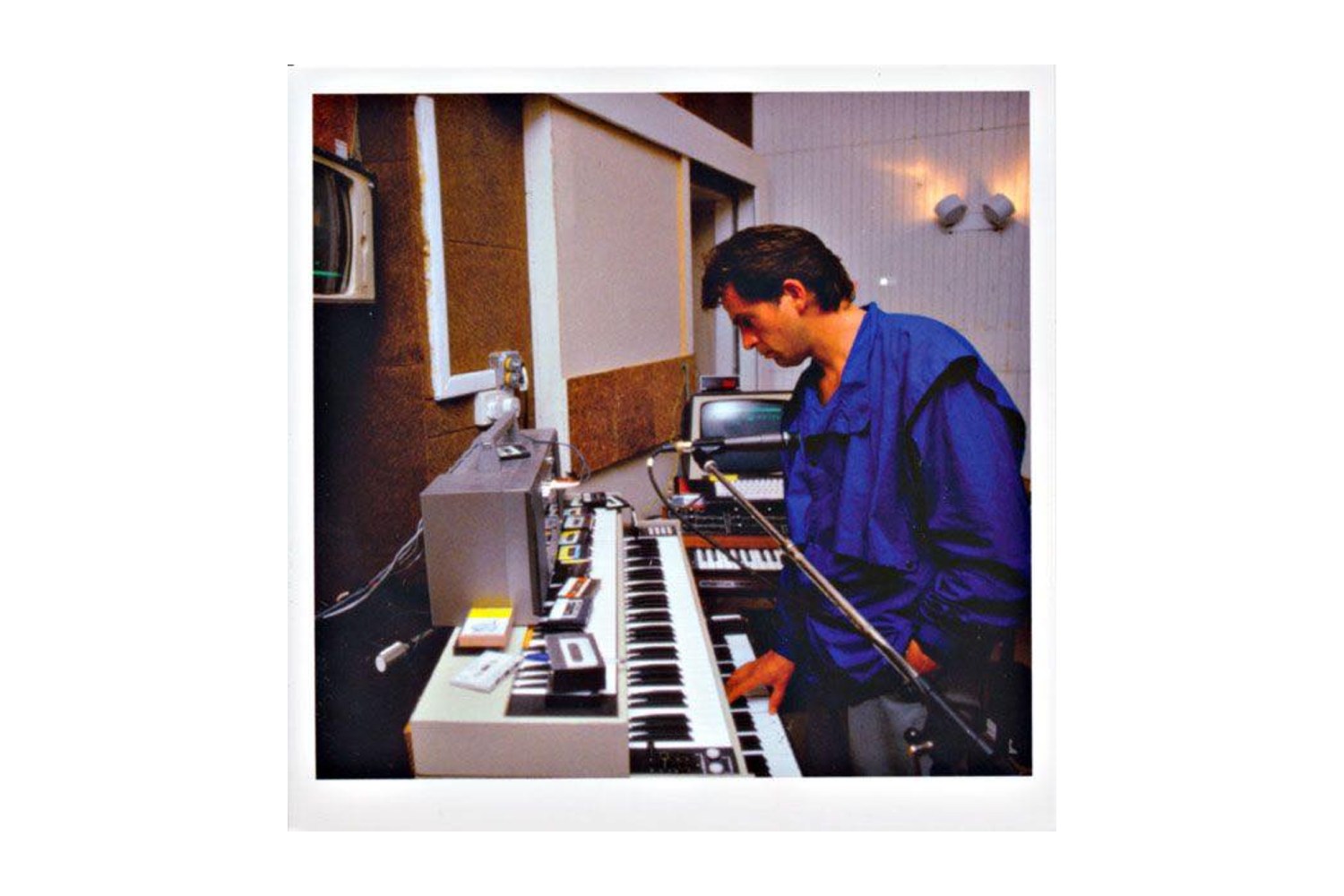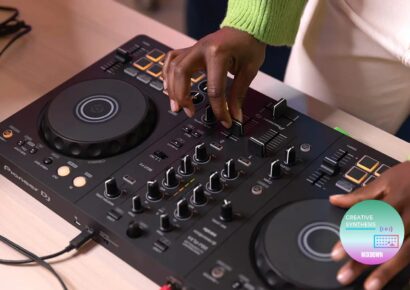Diving into the keys used by the expressively flamboyant original front man of Genesis - Peter Gabriel.
As the expressively flamboyant original front man of Genesis, Peter Gabriel first burst onto radio waves around the world in the latter part of the sixties. With their flavoursome and sometimes chaotic sound, Genesis opted against their label’s suggestion to become a pop-band, instead showcasing their musical personalities through progressive rock. Standing at the center of it all was Gabriel, who contributed oboe, flute, accordion and piano parts, and most importantly, beautifully soaring lead vocals – such as on the iconic ‘Selling England By The Pound’ and ‘The Lamb Lies Down On Broadway’ albums.
Read up on all the latest features and columns here.
Following his departure from Genesis in 1975, Peter Gabriel embarked on his solo career to pursue “more experimental methods in music.”
Beginning with a series of four self-titled albums, Gabriel combined catchy hook lines with traditional African rhythms, all while delving into the world of synthesis and computerised samplers. Struggling with deadlines set by his label, Gabriel setup his own studio, and subsequently popularised many ground-breaking devices, as well as recording and production techniques.
Fairlight CMI
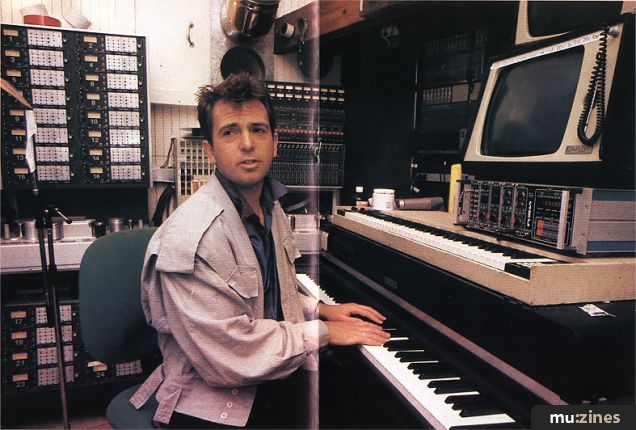
The Fairlight CMI (Computer Musical Instrument) was a revolutionary digital synthesiser and sampler first released by Fairlight in 1979. Designed by two Australians in a Sydney garage, the Fairlight CMI was able to manipulate recorded sounds that were stored on a floppy disk. While the storage capacity and sample rates pale miserably in comparison to their 21st century counterparts, the ability to instantly alter recorded sounds during a song writing session brought a new facet to the world of musical composition.
According to the Science and Media Museum in Bradford, “Peter Gabriel owned the first Fairlight CMI in the UK, and was the first musician here to release an album featuring its sounds”.
Gabriel demonstrated the capabilities of his Fairlight during a documentary on the making of his fourth solo album. With a calculator watch on his wrist, Gabriel recorded vocal segments, which were displayed on the CRT display of the Fairlight, and then used his keyboard to play the sample back at various frequencies.
Exploiting a quirk in one of the samples stored on the Fairlight’s floppy disc, Gabriel used the cut-off and repeat of the Swanee Whistle sample to outline the rhythm of a new song idea. This sketch would go on to become the hauntingly beautiful album opener ‘The Rhythm Of The Heat’.
Linn LM-1 and LM-2 Drum Computers
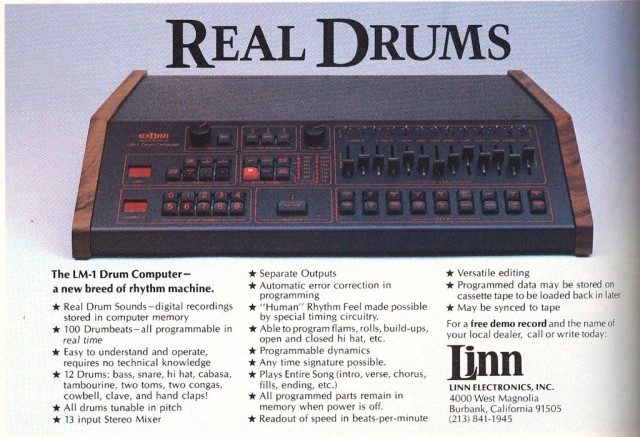
Designed by Roger Linn, the LM-1 was “the first programmable drum machine to feature sampled sounds”, and was also the first drum machine to utilise samples of actual acoustic drums. With the ability to have patterns programmed in real time, the LM-1 was produced in response to suggestions by Toto keyboardist Steve Porcaro. Made with the musician in mind, this device appeared on many landmark records, including by Michael Jackson, Icehouse, and Boz Scaggs.
Peter Gabriel, too, was a major proponent of the Linn LM-1, and like the Fairlight CMI, he was one of the early adopters of this state-of-the-art device. From his fourth self-titled album onwards, Gabriel heavily utilised the LM-1, as well as it’s successor; the LinnDrum (LM-2).
A famous example of such is ‘Don’t Give Up’, from Gabriel’s fifth album ‘So’. Underlying the glorious duetted vocals of Peter Gabriel and Kate Bush, it is the rhythm section that provides so much charm to this sentimental number. Tony Levin’s tasteful bass playing weaves throughout the percussion, in this case, provided by the Linndrum. While the drums aren’t the most realistic by today’s sampling standards, the use of acoustic drum samples provides the song with undoubtable organic warmth.
Yamaha CS-80
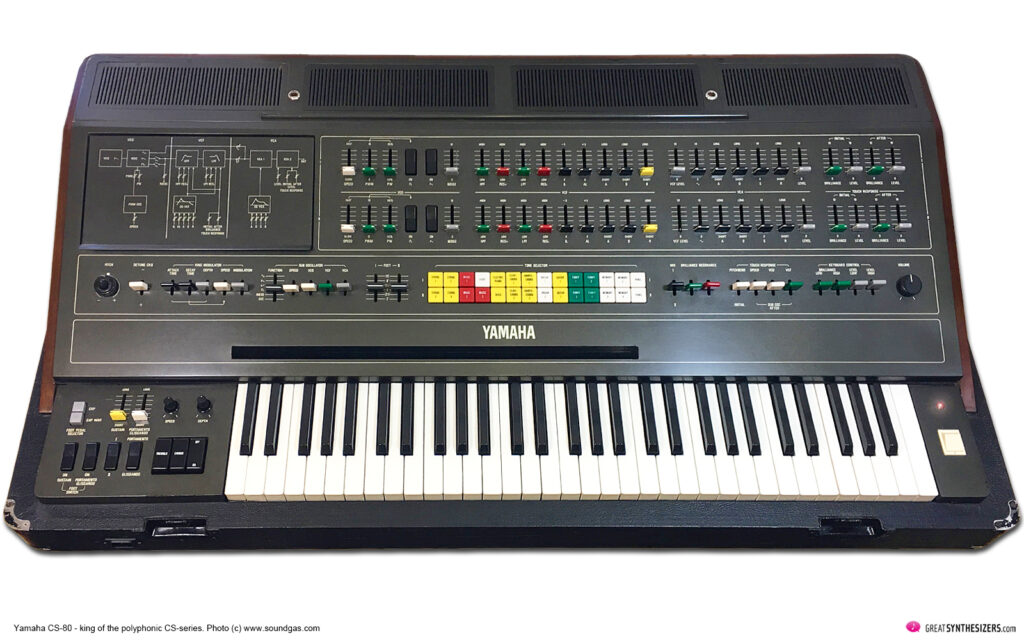
Having used it parts of his debut solo album, Peter Gabriel has claimed to be fond of the Yamaha CS80, an 8-voice polyphonic analogue synthesiser. This is something of a famous & historical piece of musical equipment, having featured on Toto’s ‘Africa’, and in ‘Blade Runner’. The CS80 is renowned for it’s “thick” sound, due to each voice having two analogue oscillators.
After being reintroduced to the synthesiser by producer Daniel Lanois, Gabriel noted how the organic tonal qualities drew him to the CS80.
“The CS80 has a great breathiness to it – human breath and its musical uses have always fascinated me…”
As a result, Gabriel used the Yamaha CS80 to great effect on ‘So’, his most commercially successful album, which featured his biggest hit single ‘Sledgehammer’.
Sequential Prophet-5
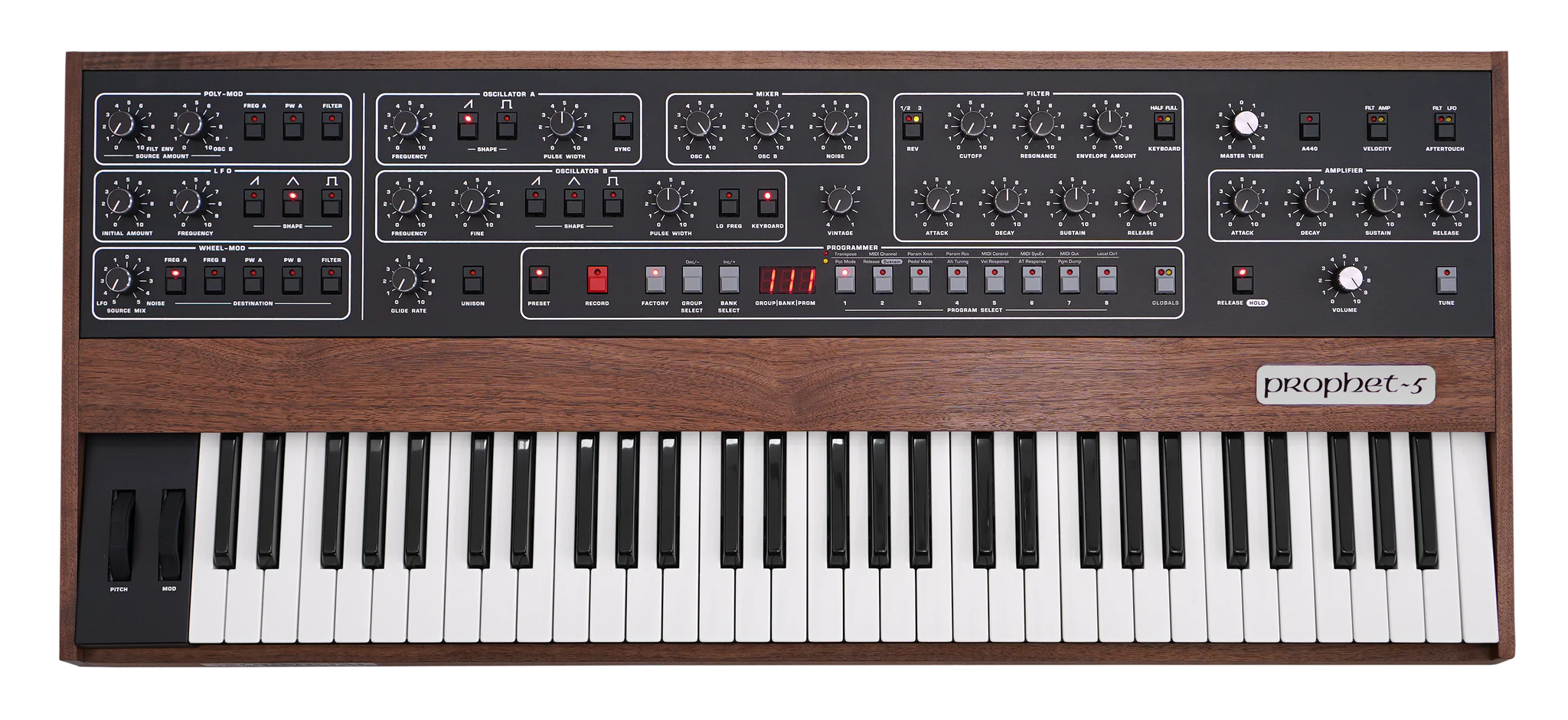
As the first polyphonic synthesiser with fully programmable memory, it is no surprise that Peter Gabriel took a liking to the Prophet 5. Designed by Dave Smith and John Bowen, the Sequential Prophet 5 featured microprocessors, which were ground-breaking technology at the time.
Describing his instrument selection during the recording of ‘So’, Peter Gabriel described the Prophet-5 as his “old warhorse” synthesiser, as he “[knew] it really well”.
Taking a liking to the Prophet-5’s sound, which he described as like a “cheap organ”, Gabriel made use of the Prophet-5 on ‘Sledgehammer’, and throughout the duration of the album. It is said that this synthesiser also featured on movie soundtracks composed by Gabriel, including ‘Birdy’, and ‘Passion’.
Throughout his expansive and illustrious career in music, Peter Gabriel never failed to look past what others had done previously. While in Genesis this meant developing a persona and seamlessly mashing together whacky lyrics and arrangements, he used his inventiveness in his solo career to extract newfound tonalities from previously unheard-of instruments and devices. It is for this reason that Peter Gabriel has a massive legacy on digitised sampling and synthesis, and will continue to inspire others to carefully craft songs for decades to come.
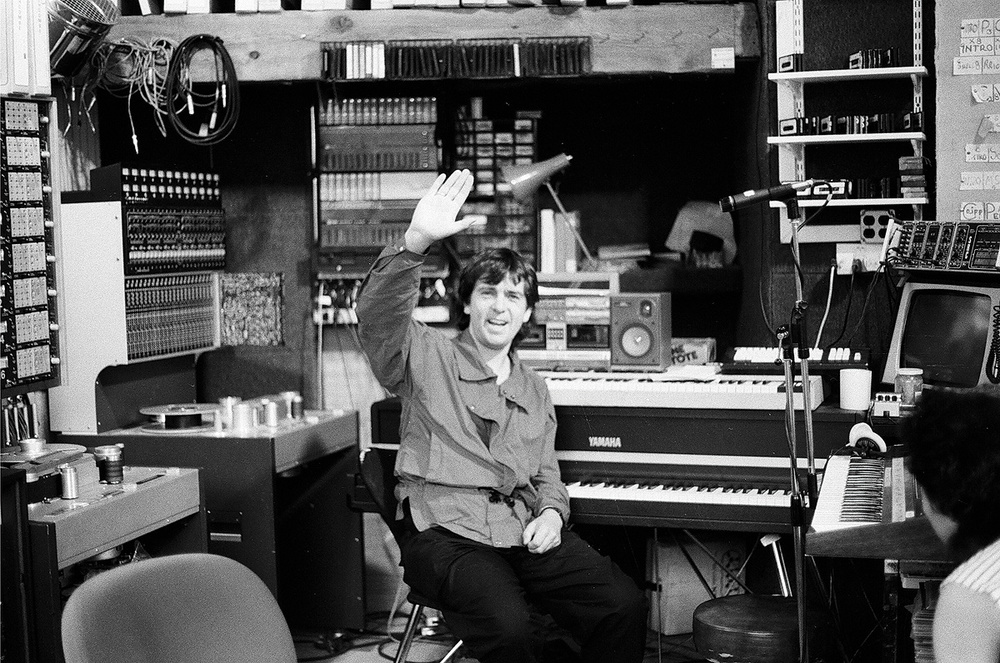
For more Peter Gabriel content, read about the production of “Sledgehammer” here.
